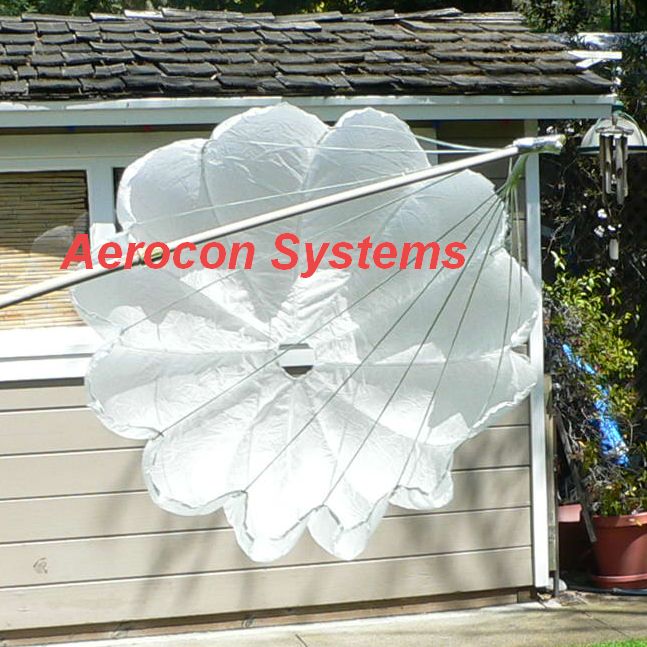I've been following this thread from the beginning and everytime I see your avatar profile picture thingy I smile TMJ.
Wanted to throw that out there.
Of course, I like your build also. Legitimate to the max, almost as if you already know what you are doing building your rockets.
Many thanks. I actually know very little about HPR. High Power is new to me. I started this thread for two reasons… #1 to learn what is truly needed to build a ‘solid’ high power rocket, worthy of successful certification, the ‘
FIRST’ time, without failure. #2 reason was to share what I learn, as I go, in hopes of helping other HPR newbies get a good grasp of needful things, techniques, etc. from my own personal journey. Needful details and important considerations seem to be a bit hard to come by, even on this forum. Too many issues to consider and lots of important questions that new folks (
myself included) simply don’t even know to ask until ‘after the fact’… when it
might be too late. A lot of what I do is based upon previous experience with low/mid power rockets, R/C pylon racers and ducted fan models. I know how to build strong! LOL
HPR is a different animal. A lot more power and stress involved. Dual Deployment is also new to me. A good portion of my work is strictly ‘
empirical’, based upon past ‘non-related’ experience, however. I need to give most of the credit for my HPR build methods to the great advice offered to me by some fine folks here on the forum. Special thanks go to
‘Crazy Jim’ Hendricksen and
David McCann. I’ve learned ‘
VOLUMES’ of extremely valuable advice from these two guys. If not for ‘
them’, I’d surely not be ‘
confidently’ finishing my L1 and L2 builds at this time! Huge thanks to the both of you!!!













